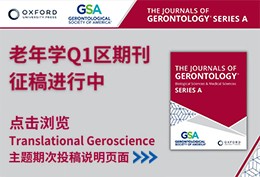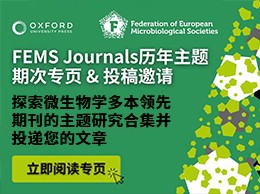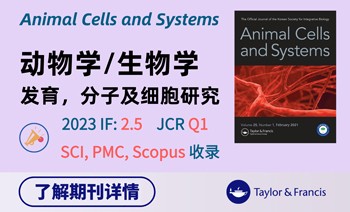Human Genetics ( IF 3.8 ) Pub Date : 2023-10-20 , DOI: 10.1007/s00439-023-02608-3
Meghna Singh 1, 2, 3 , Sarah J Spendlove 1, 2, 3, 4 , Angela Wei 1, 2, 3, 4 , Leroy M Bondhus 1, 2, 3 , Aileen A Nava 1, 2, 3 , Francisca N de L Vitorino 5 , Seth Amano 1, 2, 3 , Jacob Lee 1, 2, 3 , Gesenia Echeverria 1, 2, 3 , Dianne Gomez 1, 2, 3 , Benjamin A Garcia 5 , Valerie A Arboleda 1, 2, 3, 4
|
|
Arboleda-Tham Syndrome (ARTHS) is a rare genetic disorder caused by heterozygous, de novo mutations in Lysine(K) acetyltransferase 6A (KAT6A). ARTHS is clinically heterogeneous and characterized by several common features, including intellectual disability, developmental and speech delay, and hypotonia, and affects multiple organ systems. KAT6A is the enzymatic core of a histone–acetylation protein complex; however, the direct histone targets and gene regulatory effects remain unknown. In this study, we use ARTHS patient (n = 8) and control (n = 14) dermal fibroblasts and perform comprehensive profiling of the epigenome and transcriptome caused by KAT6A mutations. We identified differential chromatin accessibility within the promoter or gene body of 23% (14/60) of genes that were differentially expressed between ARTHS and controls. Within fibroblasts, we show a distinct set of genes from the posterior HOXC gene cluster (HOXC10, HOXC11, HOXC-AS3, HOXC-AS2, and HOTAIR) that are overexpressed in ARTHS and are transcription factors critical for early development body segment patterning. The genomic loci harboring HOXC genes are epigenetically regulated with increased chromatin accessibility, high levels of H3K23ac, and increased gene–body DNA methylation compared to controls, all of which are consistent with transcriptomic overexpression. Finally, we used unbiased proteomic mass spectrometry and identified two new histone post-translational modifications (PTMs) that are disrupted in ARTHS: H2A and H3K56 acetylation. Our multi-omics assays have identified novel histone and gene regulatory roles of KAT6A in a large group of ARTHS patients harboring diverse pathogenic mutations. This work provides insight into the role of KAT6A on the epigenomic regulation in somatic cell types.
中文翻译:

Arboleda-Tham 综合征中的 KAT6A 突变驱动后 HOXC 簇的表观遗传调控
Arboleda-Tham 综合征 (ARTHS) 是一种罕见的遗传性疾病,由赖氨酸 (K) 乙酰转移酶 6A ( KAT6A)杂合、从头突变引起。 ARTHS 具有临床异质性,具有几个共同特征,包括智力障碍、发育和言语迟缓以及肌张力低下,并影响多个器官系统。 KAT6A 是组蛋白乙酰化蛋白复合物的酶核心;然而,直接的组蛋白靶点和基因调控作用仍然未知。在这项研究中,我们使用 ARTHS 患者 ( n = 8) 和对照 ( n = 14) 真皮成纤维细胞,对KAT6A突变引起的表观基因组和转录组进行全面分析。我们在 ARTHS 和对照之间差异表达的 23% (14/60) 基因的启动子或基因体内发现了差异染色质可及性。在成纤维细胞内,我们显示了一组来自后部HOXC基因簇的独特基因( HOXC10 、 HOXC11 、 HOXC-AS3 、 HOXC-AS2和HOTAIR ),这些基因在 ARTHS 中过度表达,并且是对早期发育身体节段模式至关重要的转录因子。与对照相比,含有HOXC基因的基因组位点受到表观遗传调控,染色质可及性增加,H3K23ac 水平升高,基因体 DNA 甲基化增加,所有这些都与转录组过度表达一致。最后,我们使用无偏蛋白质组质谱分析,鉴定了 ARTHS 中被破坏的两个新的组蛋白翻译后修饰 (PTM):H2A 和 H3K56 乙酰化。 我们的多组学检测已经在一大群携带不同致病突变的 ARTHS 患者中发现了KAT6A的新组蛋白和基因调控作用。这项工作深入了解了 KAT6A 对体细胞类型表观基因组调控的作用。

































 京公网安备 11010802027423号
京公网安备 11010802027423号